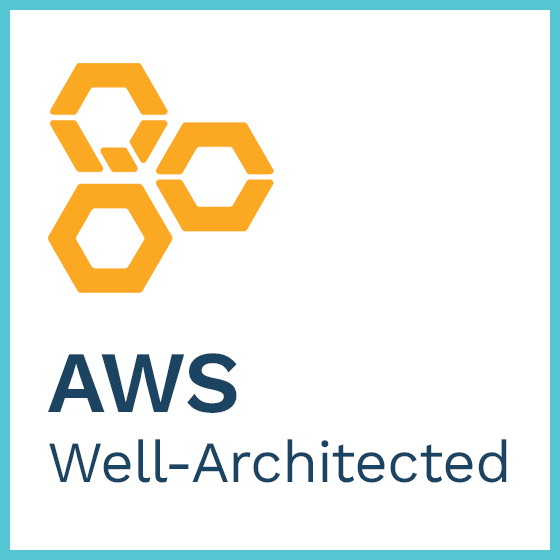The AWS Well-Architected Framework: Building Scalable and Efficient Solutions on AWS
 Abdulsalam Abdulrazaq
Abdulsalam Abdulrazaq
The AWS Well-Architected Framework serves as a guiding set of principles that Solutions Architects follow to construct, scale, and deploy cost-effective and efficient solutions on the Amazon Web Services (AWS) platform. This framework comprises five fundamental pillars, each of which provides valuable insights into crafting a robust and well-architected solution on AWS.
1. Operational Excellence
Operational Excellence focuses on best practices for deploying AWS resources and effecting changes without causing disruptions or downtime. This pillar emphasizes the use of Infrastructure as Code (IaC) to provision AWS resources, enabling seamless updates, resource modifications, and integration of new resources. By adopting IaC, organizations can efficiently manage their AWS resources, ensuring operational resilience and agility.
2. Cost Optimization
Cost Optimization is all about deploying the necessary resources on AWS with minimal expenses. It involves eliminating unnecessary expenses by efficiently utilizing AWS services. Key strategies include employing auto-scaling groups for instances, utilizing AWS Cost Explorer for cost analysis, and leveraging the Trusted Advisor for recommendations on cost-effective solutions. Cost optimization ensures that organizations derive maximum value from their AWS investments.
3. Security
Security is a paramount concern in the AWS Well-Architected Framework. Protecting data and resources from malicious threats and vulnerabilities is essential. Fundamental security measures include granting the least privilege permissions to users, implementing Single Sign-On (SSO) instead of relying on Access Keys, utilizing Amazon GuardDuty for monitoring resource threats, AWS X-Ray for request tracing, and AWS CloudTrail for monitoring account activity. These measures collectively bolster security and guard against threats and breaches.
4. Reliability
Reliability encompasses the assurance that services and resources are resilient to failure and consistently available to users and customers. This pillar delves into disaster recovery, backup, and restoration strategies. Key practices include maintaining high availability, data replication in Amazon S3 buckets, utilizing Read Replicas for RDS databases, implementing load balancers for traffic distribution, and conducting health checks on instances. These measures uphold the reliability of AWS solutions.
5. Performance Efficiency
Performance Efficiency encourages the selection of the right AWS services and resources that match the specific requirements of a workload. This pillar promotes the use of AWS Managed Services, Serverless computing, and Software as a Service (SaaS) solutions. By leveraging these services, organizations offload server configuration and provisioning responsibilities to AWS, allowing them to focus on application development and enhancement. For instance, AWS Lambda can be employed for Cron jobs instead of EC2 instances, and Elastic Beanstalk can be used for application deployment. By aligning resources with workload needs, AWS users can enhance performance efficiency and optimize their infrastructure.
In conclusion, the AWS Well-Architected Framework offers a structured approach for creating robust, cost-efficient, secure, reliable, and performance-optimized solutions on AWS. By adhering to the principles of these five pillars, organizations can harness the full potential of AWS services while maintaining operational excellence. This framework is an essential guide for architects and developers aiming to achieve excellence in their cloud-based solutions on AWS.
Subscribe to my newsletter
Read articles from Abdulsalam Abdulrazaq directly inside your inbox. Subscribe to the newsletter, and don't miss out.
Written by

Abdulsalam Abdulrazaq
Abdulsalam Abdulrazaq
A Cloud and DevOps Engineer with an innovative mindset.